"Some love stories are immortal. And the true love story of Antony and Cleopatra is one of the most memorable, intriguing and moving of all times…The relationship of Antony and Cleopatra is a true test of love." http://www.npr.org/templates/story/story.php?storyId=130190252
ANTONY AND CLEOPATRA
This is a great love story everyone is familiar with – at least some version of the tale. And it has captured the interest of many from Shakespeare to Cecil B. DeMille, and presented in many stories, movies, plays, books, and artwork. According to historian Adrian Goldsworthy, most of the retellings of the love affair are less than accurate, so it's possible your favorite version of the story isn't quite the way it went.
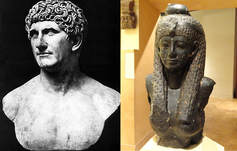
MARCUS ANTONIUS
Without getting into too much Roman history – because it is long, boring, and messy -- Marcus Antonius of Rome was Julius Caesar's second in command. After a civil war, when Caesar assumed his fifth and final consulship in 44 B.C., Antony was his co-consul.
Busts of Antony and Cleopatra
Antony heard rumors of the plot against Caesar, but was unable to warn him in time. After Caesar's death on the Ides of March, 44 BC, Antony took charge of Caesar's will, which named 17-year-old Octavian, Caesar's adopted son, as his heir.
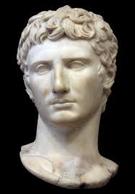
This made the three men of the triumvirate enemies of Octavian, the future emperor, but it put Antony at the pinnacle of power over the known world of the time. The map below shows the extent of the Roman Empire in 40 BC.
Octavian (Augustus Caesar)
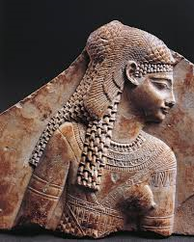
Cleopatra VII Philopator was the queen (pharaoh) of Egypt and the last monarch of the Ptolemaic Empire, the last in a dynasty of Macedonian rulers founded by Ptolemy, who served as general under Alexander the Great during his conquest of Egypt in 332 B.C.
She ruled Egypt as co-regent (first with her two younger brothers and then with her son) for almost three decades. Legend claims she was not only beautiful but intelligent. She spoke nine languages, was skilled in mathematics and, although she is often considered a seductress, she was studying to be a nun. It's probable that she was Macedonian Greek mixed with Egyptian blood, but no one knows for sure.
Cleopatra became queen at the age of 17 and ruled Egypt for 22 years. Her father, and later Cleopatra, were dependent on Rome to maintain the empire. Hence she became an ally and lover of Julius Caesar until his assassination in 44 BC. They had one son together.
THE LOVE STORY BEGINS
After the death of Julius Caesar, Cleopatra was accused of being a party to his assassination. Mark Antony summoned her to his headquarters in Turkey, to explain herself. In 41 BC, she crossed the Mediterranean Sea to meet him. It's said she sailed up the Cydnus River in a decorated barge with purple sails, dressed as the Greek goddess Aphrodite.

It was love at first sight.
Well, maybe. But definitely each party saw something they needed. For Cleopatra, it was another opportunity to achieve power in Egypt and Rome. Antony was twenty years older than Cleopatra … so maybe he was having a mid-life crisis.
According to a 2016 article by Karl Smallwood (http://www.factfiend.com/cleopatra-knew-make-first-impression/) Cleopatra knew how to make an entrance. For her first meeting with Marc Antony, it's written that "Cleopatra stripped naked save for her best come- to- bed- eyes and a shit ton of eye shadow and had her servants roll her inside of a gigantic carpet. She then gave the order to her slaves to deliver this carpet to Caesar’s room. When Caesar opened his door to greet the slaves, they unfurled the carpet at his feet revealing the naked Cleopatra who was now lying on the ground inviting him to into her private chambers."
It is clear from the rest of the text that Smallwood is referring to the meeting of Cleopatra and Marc Antony, not Cleopatra and Julius Caesar. The word Caesar was the title given to a Roman emperor, especially from the reign of Augustus to that of Hadrian. Antony, at the time, was one of the three Caesar's who ruled the Roman Empire. Regardless of how they got together, they became lovers, which put Egypt in powerful position. Cleopatra gave birth to twins shortly before Antony was forced to return from Egypt to Rome. They had a third child after he returned to Egypt.
They were married in Antioch, Syria, in 36 BC. As a wedding present, Antony gave her much of the middle east to rule. Soon, as is the tradition of many eastern monarchies, Antony and Cleopatra began presenting themselves as divine -- as gods. That was the last straw for Octavian. He declared war on Antony.
TRAGIC DEATHS
In the Battle of Actium, Greece, Antony and Cleopatra's combined forces lost to Octavian, and they fled back to Egypt. Octavian invaded Egypt and took over Alexandria.
There are two versions of Antony's death. The first, Antony heard Cleopatra had been killed and, in desperation and grief, fell on his sword and died. In the other version, Antony surrendered to Octavian and, following Roman tradition, committed suicide by falling on his sword.
THE WINNERS WRITE HISTORY
Considering who they were and the political roles they played in two great empires, it is, perhaps, surprising to realize neither Marc Antony nor Cleopatra changed the world in any significant way, unlike Julius Caesar and Augustus Caesar.
After all, the winners write history, and Antony and Cleopatra lost the war with Octavian who became Emperor Augustus Caesar of Rome. Their love story, however, has inspired the world for centuries thanks, primarily, to Shakespeare and an innumerable number of plays, movies, television, books, and television. Some of the most important ones a listed below.
Claudette Colbert Angelina Jolie Theda Bera, Fritz Leiber, Vivian Leigh &
Warren William 1934 In production? & Thurston Hall 1917 Claude Rains 1945
Richard Burton 1972 & Leonor Varela 1999 & Charlton Heston 1972 Luding, Raymond Burr 1953
Two thousand plus years later, many more people in the world know more about Antony and Cleopatra than they do about Julius and Augustus (Octavian) Caesar, and even fewer know anything about the Battle of Actium.
So, while Antony and Cleopatra may not have made any major contribution to the history of Western Civilization, their love story has outlasted and outshone the history of battles and wars. I'd say that's a significant feat as well as a testimonial for true love.□
Resources
http://www.theholidayspot.com/valentine/stories/anthony_cleopatra.htm
https://www.britannica.com/biography/Ptolemy-XII-Auletes
http://www.npr.org/templates/story/story.php?storyId=130190252
http://www.biography.com/people/groups/mark-antony-and-cleopatra
http://www2.cedarcrest.edu/academic/eng/lfletcher/ac/rcameron.html
http://www.ancient.eu/article/197/
http://www.shmoop.com/antony-cleopatra
http://www.portlandactors.com/wp-content/uploads/2014/06/Antony-and-Cleopatra-Study-Guide.pdfhttp://www.datehookup.com/singles-content-historys-greatest-love-affair-cleopatra-and-mark-antony.htmhttp://spartacus-educational.com/ROMantcleo.htm
http://www.vroma.org/~bmcmanus/antony.html
http://www.bbc.co.uk/history/historic_figures/cleopatra.shtml
http://www.history.com/topics/ancient-history/mark-antony
https://www.pinterest.com/pin/722616702682325499/?lp=true
http://www.history.com/topics/ancient-history/cleopatra
http://www.history.com/news/history-lists/5-things-you-might-not-know-about-julius-caesar
https://www.thoughtco.com/cleopatra-the-famous-beauty-119603
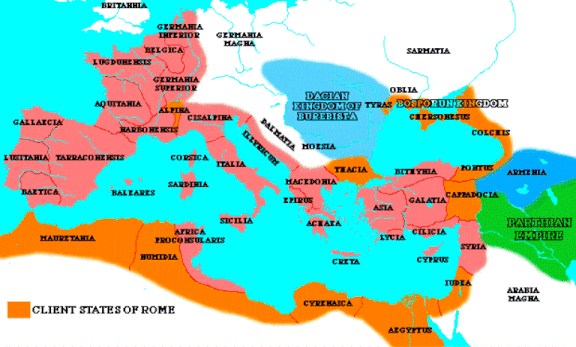
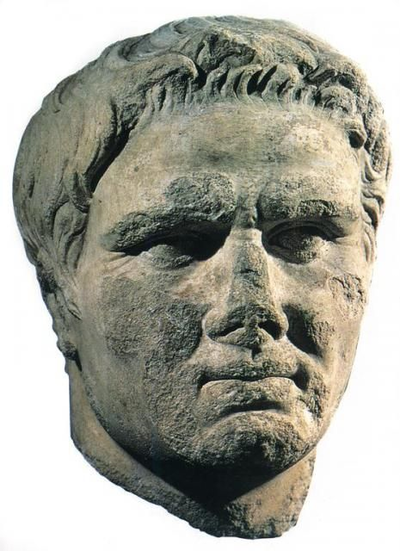
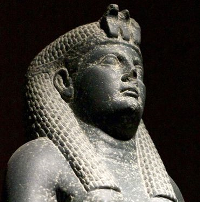
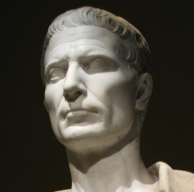
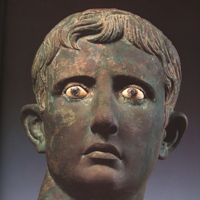
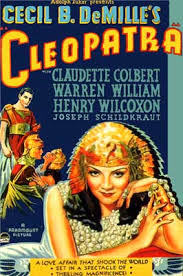

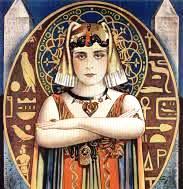
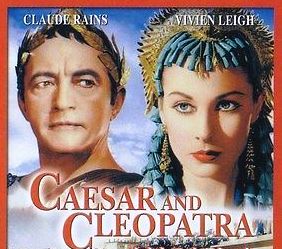
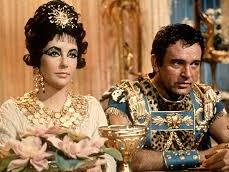


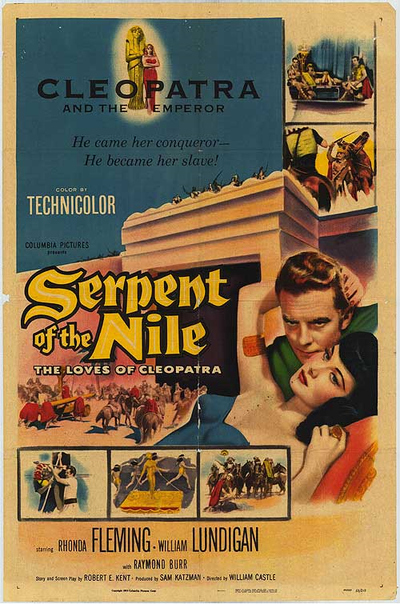

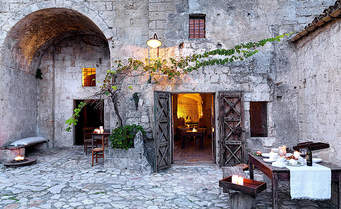
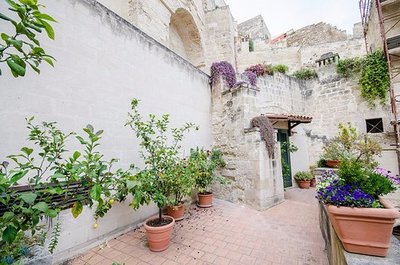

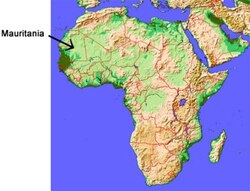
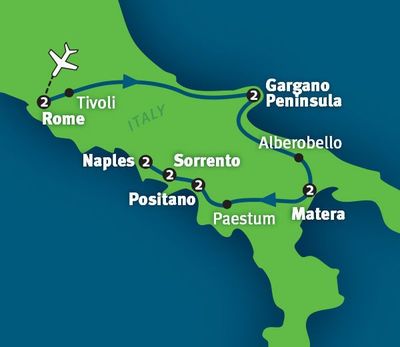
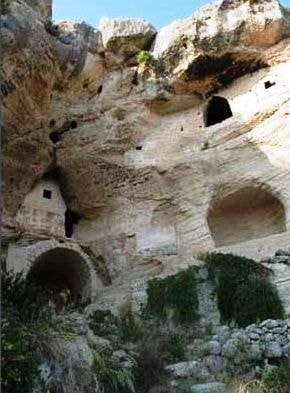
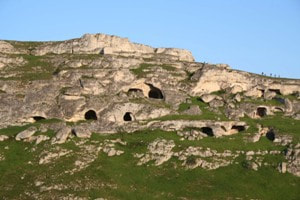
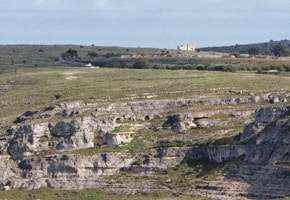
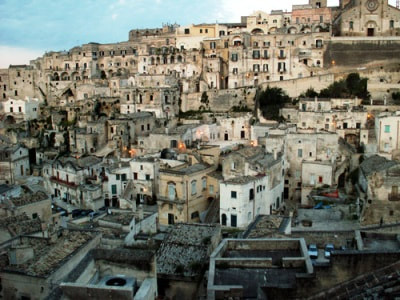
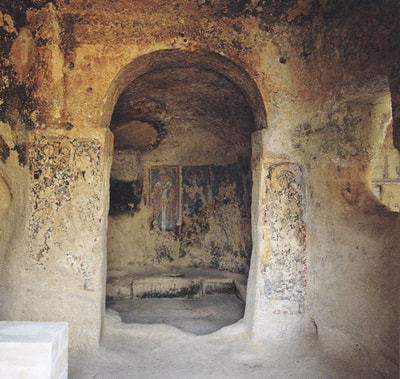
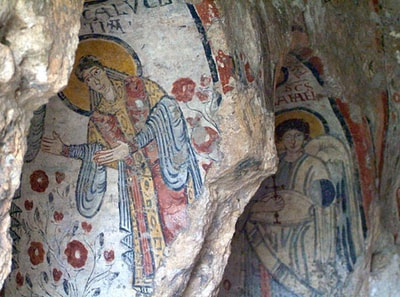
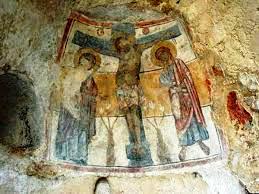
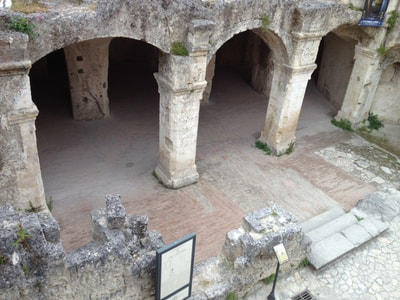
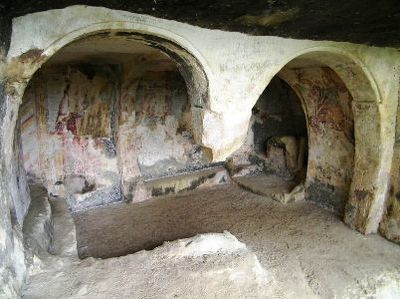
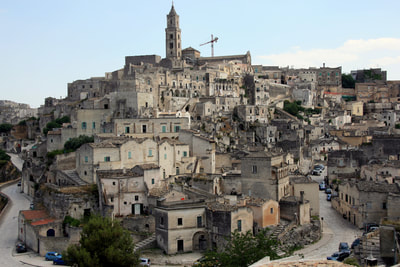
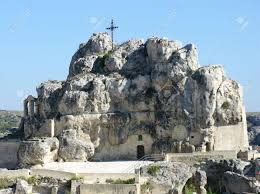
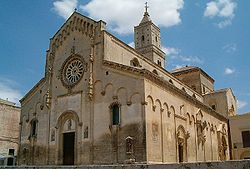
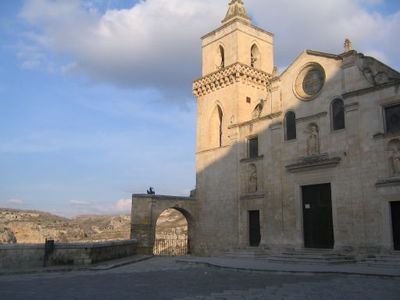
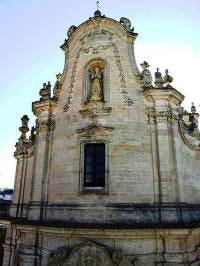

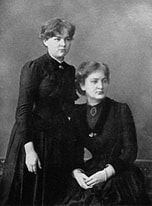
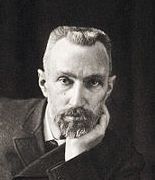
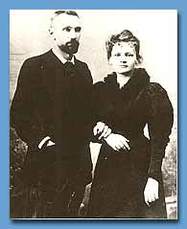
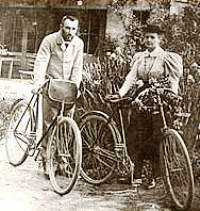
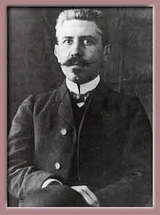
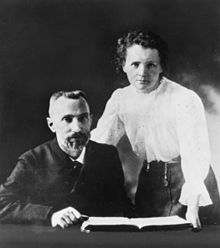






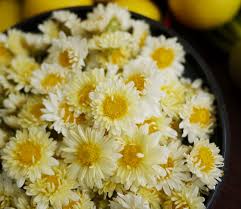


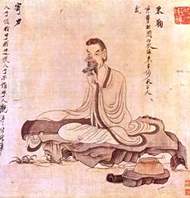
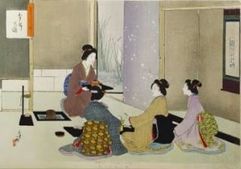
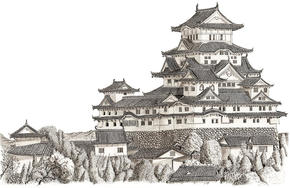

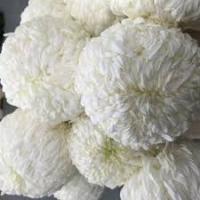

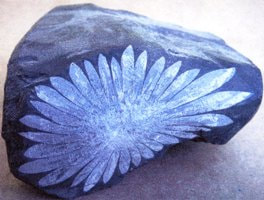
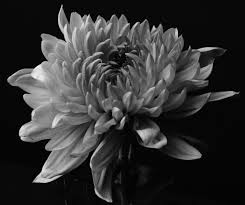
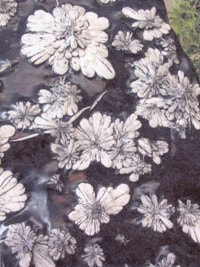
 RSS Feed
RSS Feed